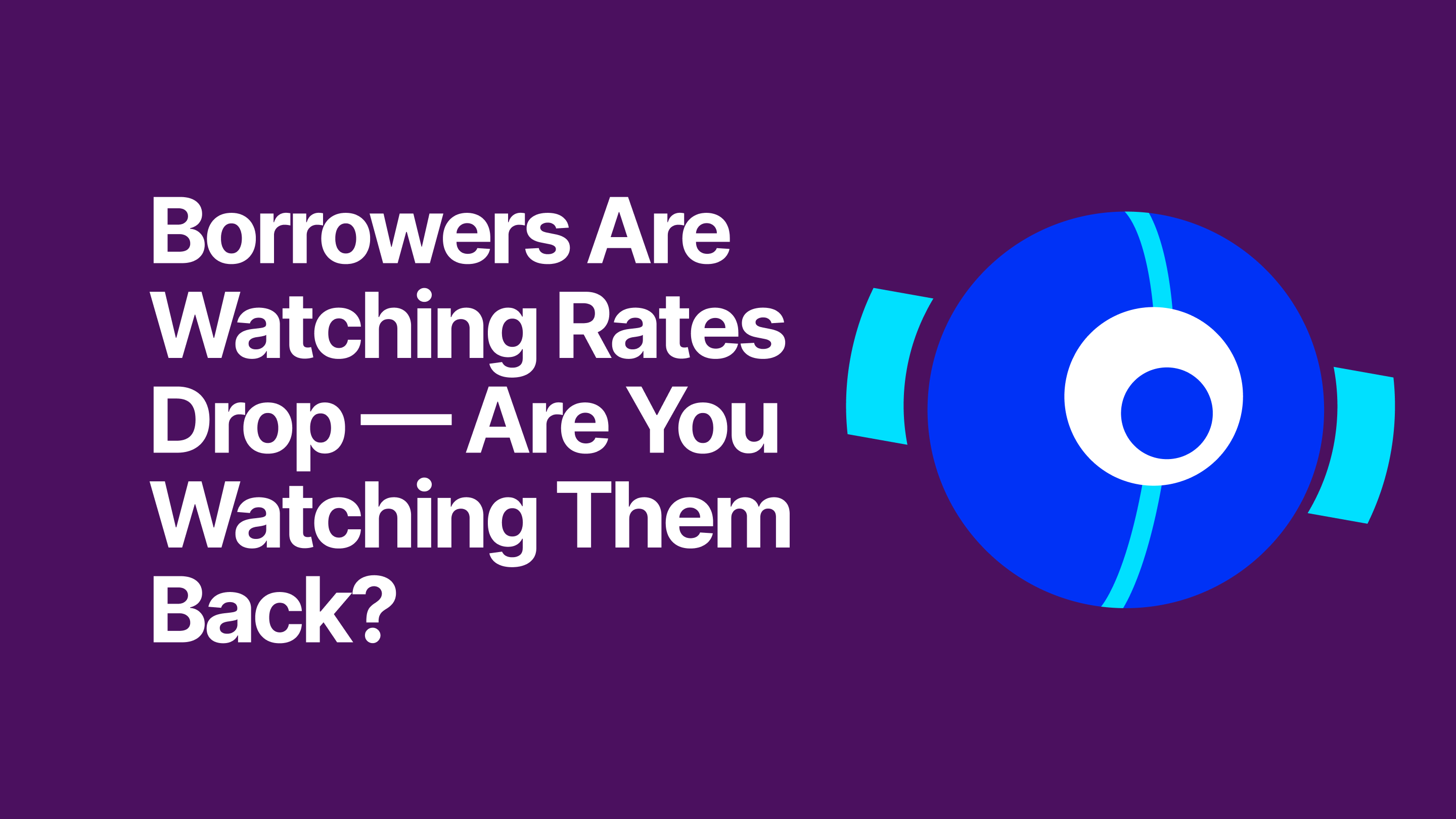SEO Hack for Credit Unions: Use Conversational Tone and Rank Higher on Google
The world of search engine optimization (SEO) is ever-evolving. Back in the day, it was simple enough that people pulled some pretty clever maneuvers. If you wanted to rank high on Google for the keyword “mortgage rates,” for example, you might write it ten times at the bottom of a page in the same font color as the background. It would be invisible to website visitors, but Google’s web crawler bots would see it and think your site was highly relevant for the search term “mortgage rates.”
A lot has changed. In 2024, Google has picked up on many of the tactics web developers used to use to help websites rank. Today, in an effort to truly deliver quality content to people, it has an extensive matrix of ranking factors, many of which it doesn’t publicly share.
That doesn’t mean SEO is a total guessing game, though. Google does release some resources — like its SEO starter guide — to help people and companies understand how it decides which web pages rank highest.
Today, we want to highlight one big takeaway from that guide. Writing in a conversational, easy-to-read tone can help your credit union’s web pages rank better.
Google and searchers have the same goal
Why does Google care what kind of tone you use in your content? To a large extent, it’s because Google’s goals are aligned with its users.
When you get on the internet, you expect to be able to find the information you want. We often take for granted just how good Google is at surfacing precisely what we’re hunting for. But those good results are thanks, in large part, to fine-tuning Google has done to its algorithm.
Back in the day, for example, if you wanted to rank for the search term “mortgage rates,” you would try to work it in your content as much as possible. But that led to some pretty poor writing. It wasn’t totally uncommon to see things like the following:
“If you want to know the latest mortgage rates in Tampa, Florida, talk with our credit union’s team of mortgage rates experts about the mortgage rates we offer to people looking for mortgage rates.”
Was that effective at getting the search term in there? You bet. But does it actually tell you what current rates are in Tampa? Absolutely not.
The team at Google learned to look for content that didn’t read naturally and had an overly high usage of a certain term. As a result, overusing keywords (called keyword stuffing) is actually now against Google’s spam policies.
Today, Google’s algorithm rewards websites that deliver what the company calls “useful and interesting” content.
Creating content that’s useful and interesting
Google’s SEO starter guide acknowledges that what one person finds useful and interesting might be pointless and dull to another. Still, though, the company makes the effort to rank pages that deliver on what people actually want.
And for most web searchers, that’s something that’s accessible and understandable. Most people don’t want to have to pull out a dictionary to understand your website.
As a result, Google’s guide says your text should be easy-to-read and well-organized. “Write content naturally and make sure the content is well-written, easy-to-follow, and free of spelling and grammatical mistakes,” the guide advises.
It also says that you should break long content into sections, with headers and shorter paragraphs to make it more skimmable.
Ultimately, content that a real person will find useful and interesting is usually easy to engage with. It’s a little like someone sitting across from one of your loan officers. If that officer drones on and on, using complicated mortgage jargon the potential borrower doesn’t understand, they’re going to lose them. But if they speak conversationally, that borrower’s engagement is likely to go up.
A specific example of easy-to-read language
The staff at your credit union understands that when you’re talking about mortgages, “term” means the length of time the borrower has to repay the loan. But when the average person thinks of “term,” they usually think it means a word or phrase used to describe something.
When you’re writing content for your site, it’s important to think about it from the everyday person’s perspective. You can definitely still use “term” in your content. But make sure that when you do, you explain what it means in mortgage jargon on the first mention.
In fact, doing this might further boost your website ranking. Because someone might search, “what does term mean in a mortgage?,” having that explanation could mean Google pulls your site as an answer.
It might help to talk with your loan officers about the questions they most frequently hear from borrowers. Knowing what the average person asks when exploring mortgages helps your credit union create content that falls within Google’s parameters of useful and interesting.
Additional content tips from Google’s SEO starter guide
Whether you opt to rework content you already have or write new web pages and blogs, we have two more tips you can use, pulled from that SEO starter guide from Google.
- Update your content regularly. Remember, Google rewards content that’s useful with higher rankings. So if you’ve got outdated, inaccurate information on your site, it has the potential to hurt your performance. Make a plan to regularly update anything on your site that needs it. If you have a page with mortgage rates, for example, you could assign a team member to periodically update them. Alternatively, you could swap a manually maintained table with a rate table that syncs with your product pricing engine to stay continually up to date.
- Differentiate yourself. Your content will be neither interesting nor useful if it’s just a rehashing of what’s already on the internet. Look for ways to help your webpages stand out. Your loan officers are a huge asset here. Ask them for specialized guidance, tips, and other suggestions they offer to their borrowers. Leveraging their unique insights can help you create content that stands out from the rest.
The main takeaway here is that Google rewards websites that offer easy-to-ready, genuinely helpful information. If you’re not sure where to start there, we can help. Our BankingBridge team offers website features designed to help credit unions provide the information people actually want. Schedule a demo with us today.
















